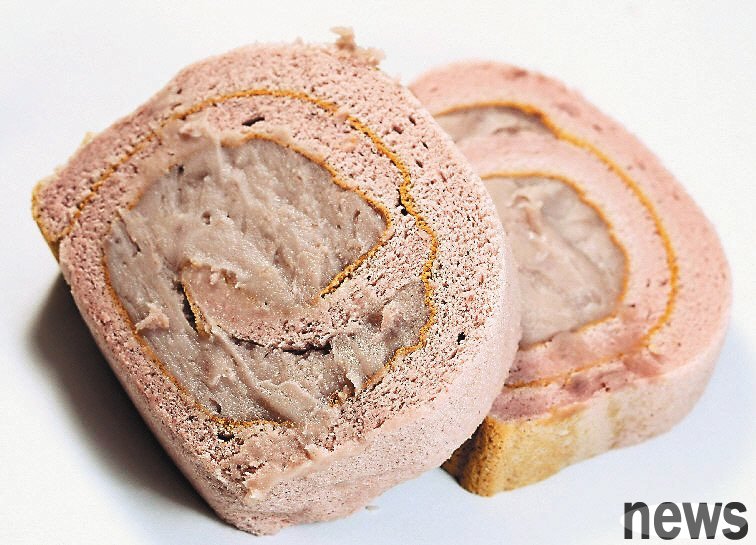
Modern people’s requirements for food are getting higher and higher. In addition to delicious food, visual impact is even more important. In order to attract the attention of the public, many businesses often dye foods to make the product better sell, so as to attract consumers' appetite and purchase intentions. Although natural foods also have seven colors of pigments, due to cost considerations and unstable color, many businesses still prefer to use artificial pigments.
What common natural foods are actually made of artificial pigments?
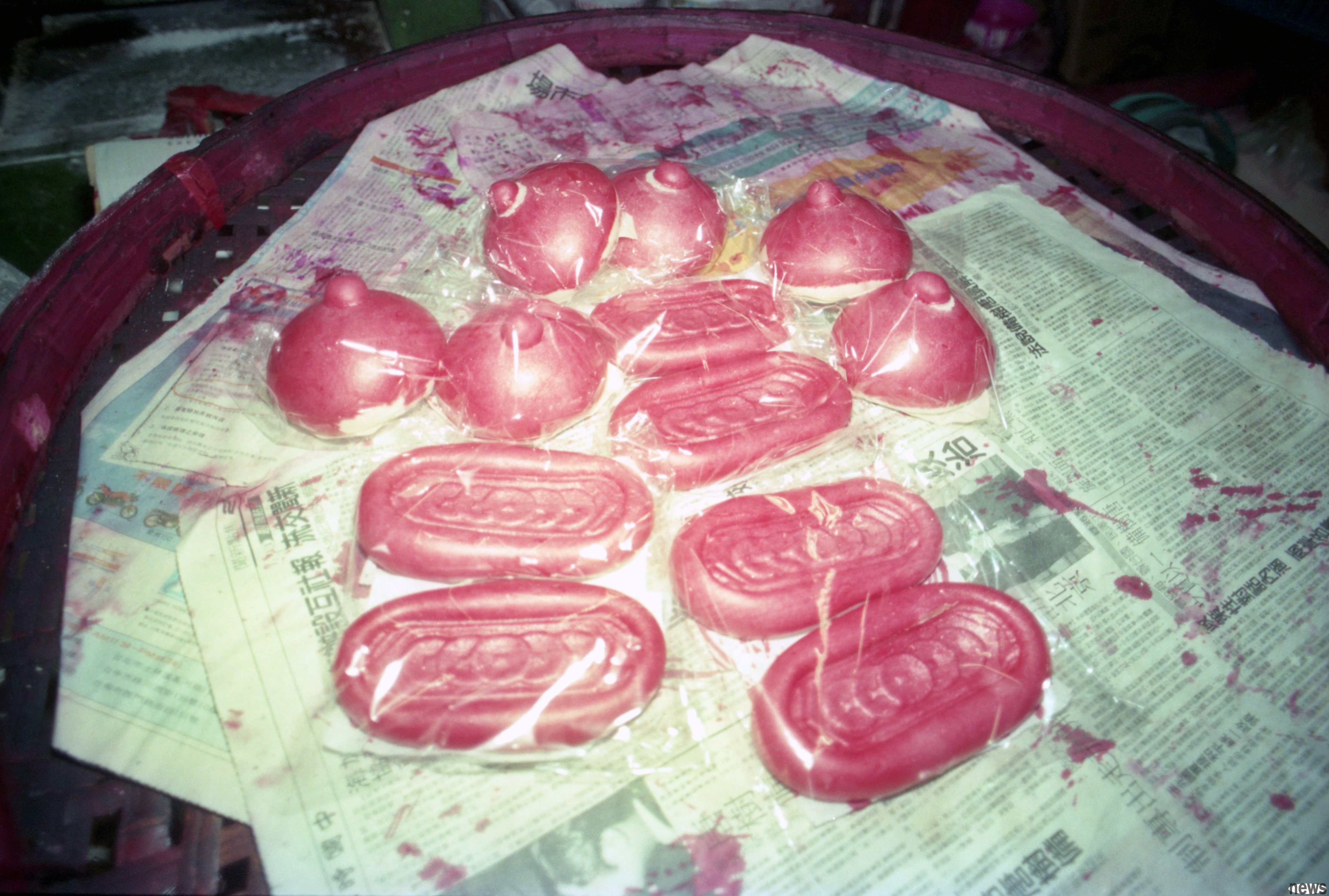
Red peaches, red beans, noodles, etc. are common offerings for worship. They have red beans, green beans, sesame, peanuts and other flavors. The taste is dense and sweet, and many people like to eat it.
However, if the red coat coated on the outside is made of artificial red pigment (Red No. 6), it is best to tear off before eating. Research has found that artificial pigments, especially yellow No. 4 and No. 5, red No. 6 and No. 40, are likely to cause children to be inattentive, overworked and learning disorders, and it is not recommended to eat more.
Some unscrupulous businesses use industrial dyes, such as Sudan and Rose B (Red Rice), which have been found to dye red eggs, peaches or red soup. If these dyes are exposed and overdose are prone to irritation of the lungs, throat, nose, and gastrointestinal mucosa, and excretion from the urine. Animal tests show that it will cause liver damage.
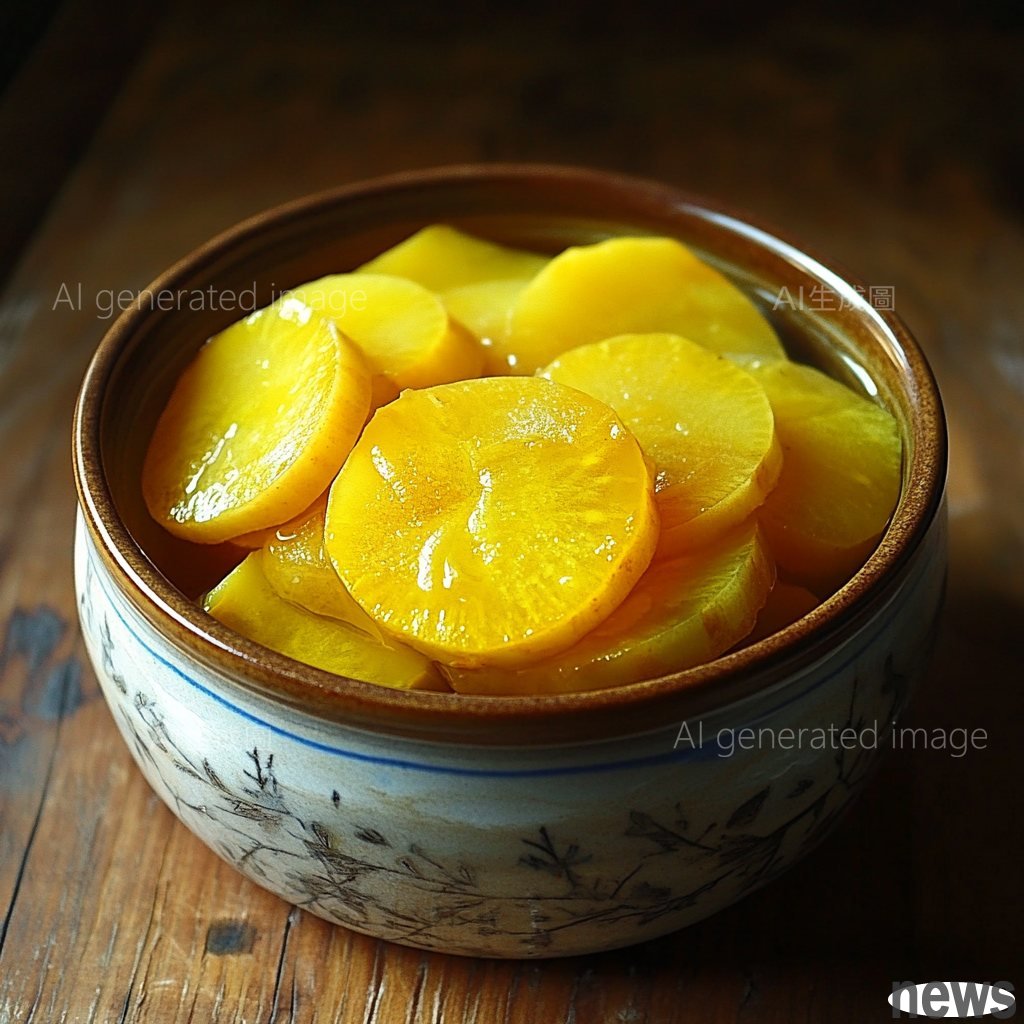
Golden-yellow marinated stew slices are often found in the pork meat. In fact, early marinated stew, fermentation broth containing salt, salt-resistant lactic acid bacteria or yeast, was carried out naturally fermented for 3 to 5 days. The actual color is not as golden as the common stew, and it is mostly light yellow to yellow brown. In order to make the color more delicate, some businesses use natural mountain paste and ginger to strengthen the color.
However, due to cost considerations and stable coloring, some businesses use yellow No. 4 and No. 5 and other dyes to strengthen coloring. Many animal studies have found that if artificial pigments are added with benzoic acid preservatives, they will cause damage to the stomach, liver, kidneys and testicles, reducing the height and density of the tract hair, thereby causing a decrease in digestive strength.
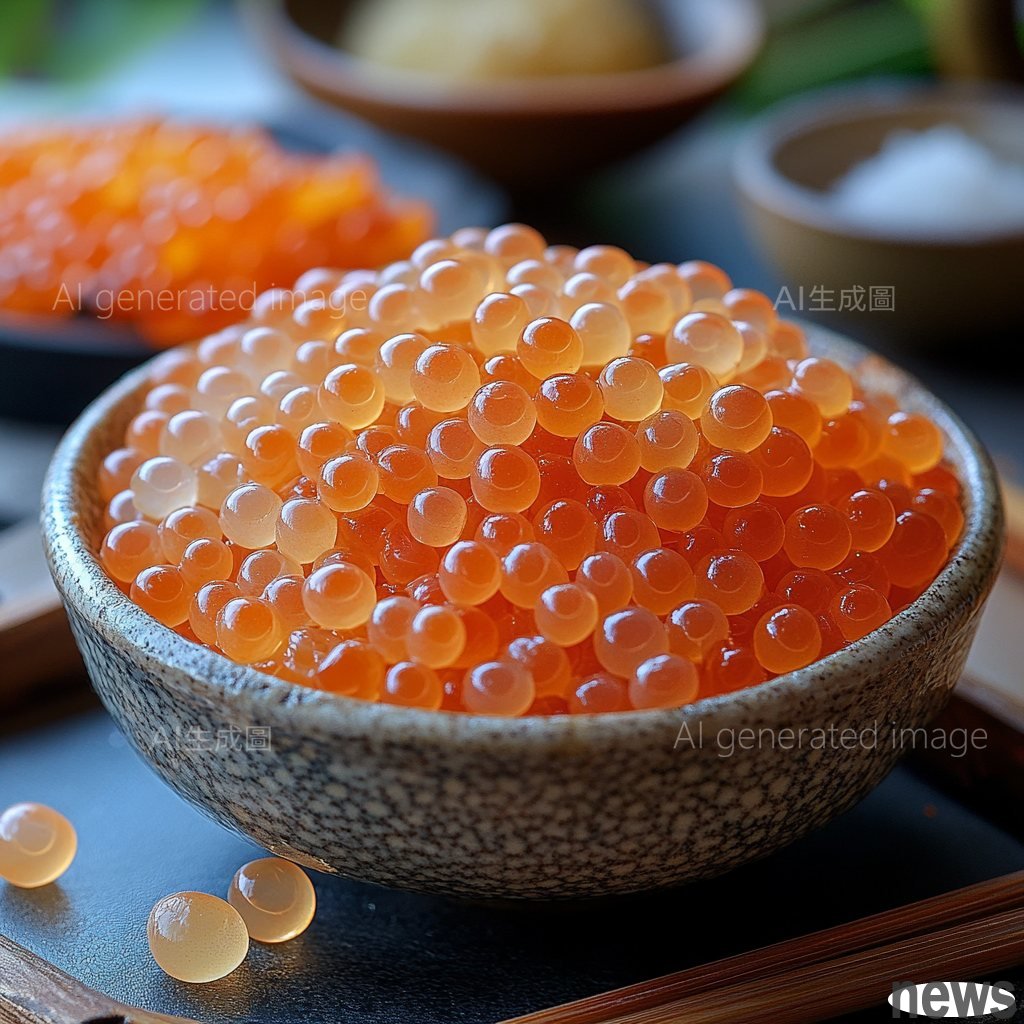
Steamed taro? Normally, it should be off-white, but why are the taro paste cakes and taro paste rolls all beautifully purple? That's because of the use of blue and red pigments. Some businesses even add "taro essence" to make the taste more slurry. If consumed too much, it will cause allergies and inattention.
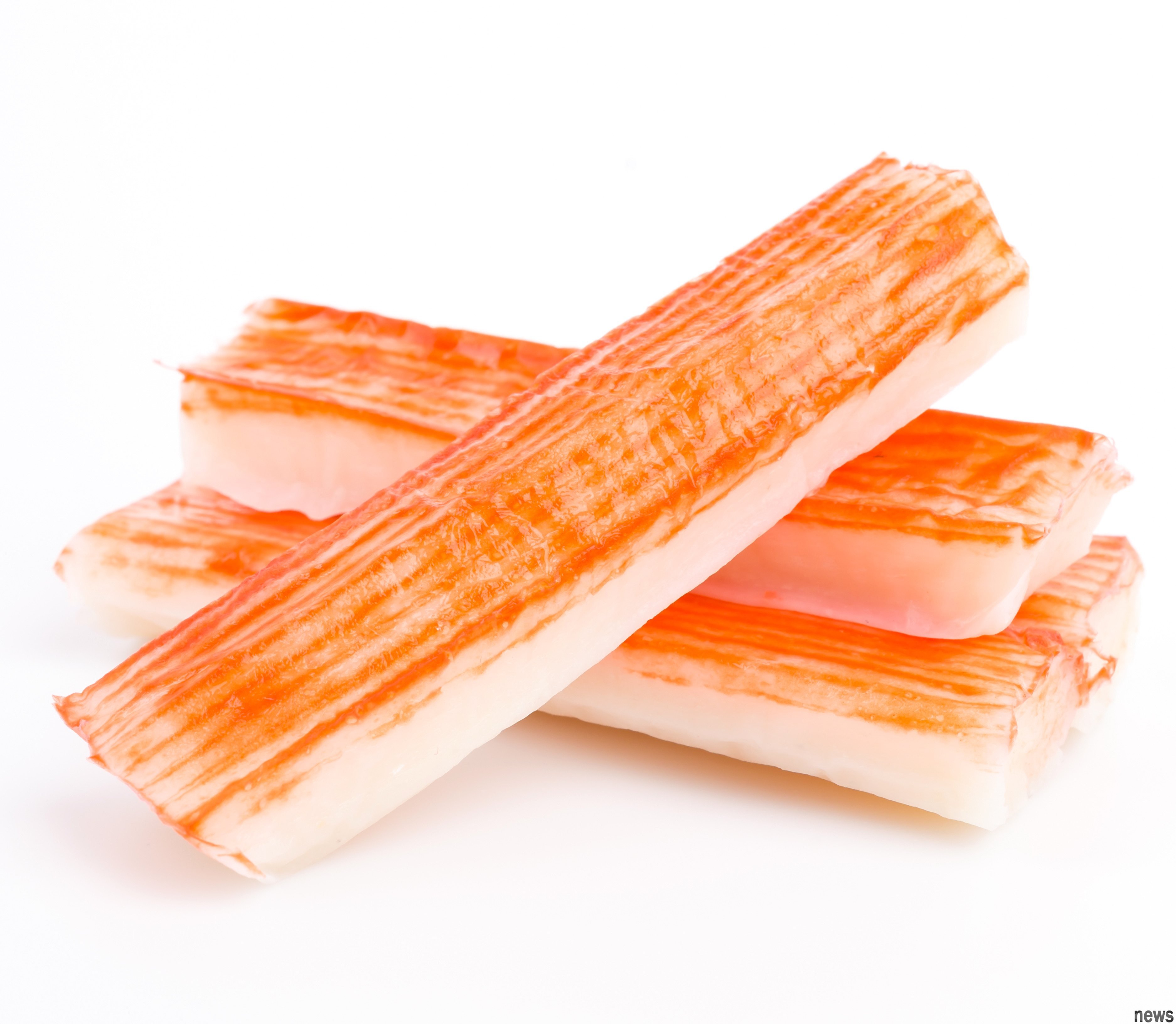
Crab sticks (or crab sticks) are one of the hot pot ingredients that many people love to eat, and they often appear in the squash. The color and flavor of the crab sticks make people think that they can eat crab meat. In fact, the crab sticks are a flavoring agent with fish, adhesives (salt phosphate), oil, and crab flavor. They look like the red color of crab feet. They are dyed with red food pigments. Excessive extraction will not only cause allergies, but also easily affect the absorption of the body's body's quality.
Responsible editor: Gu Zihuan